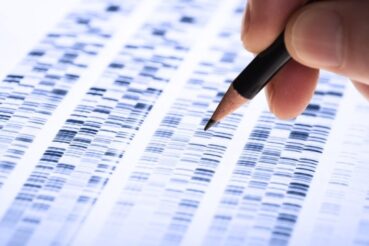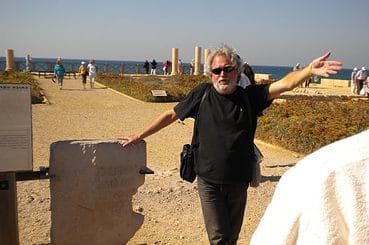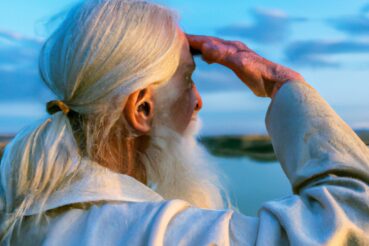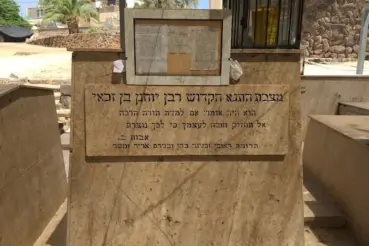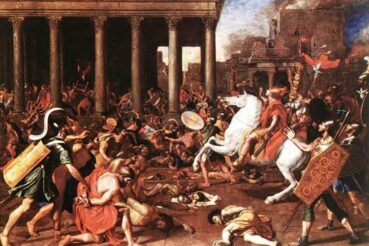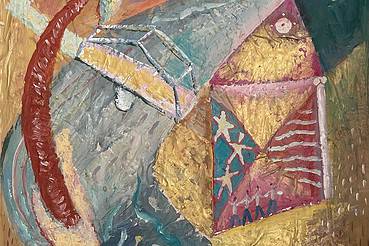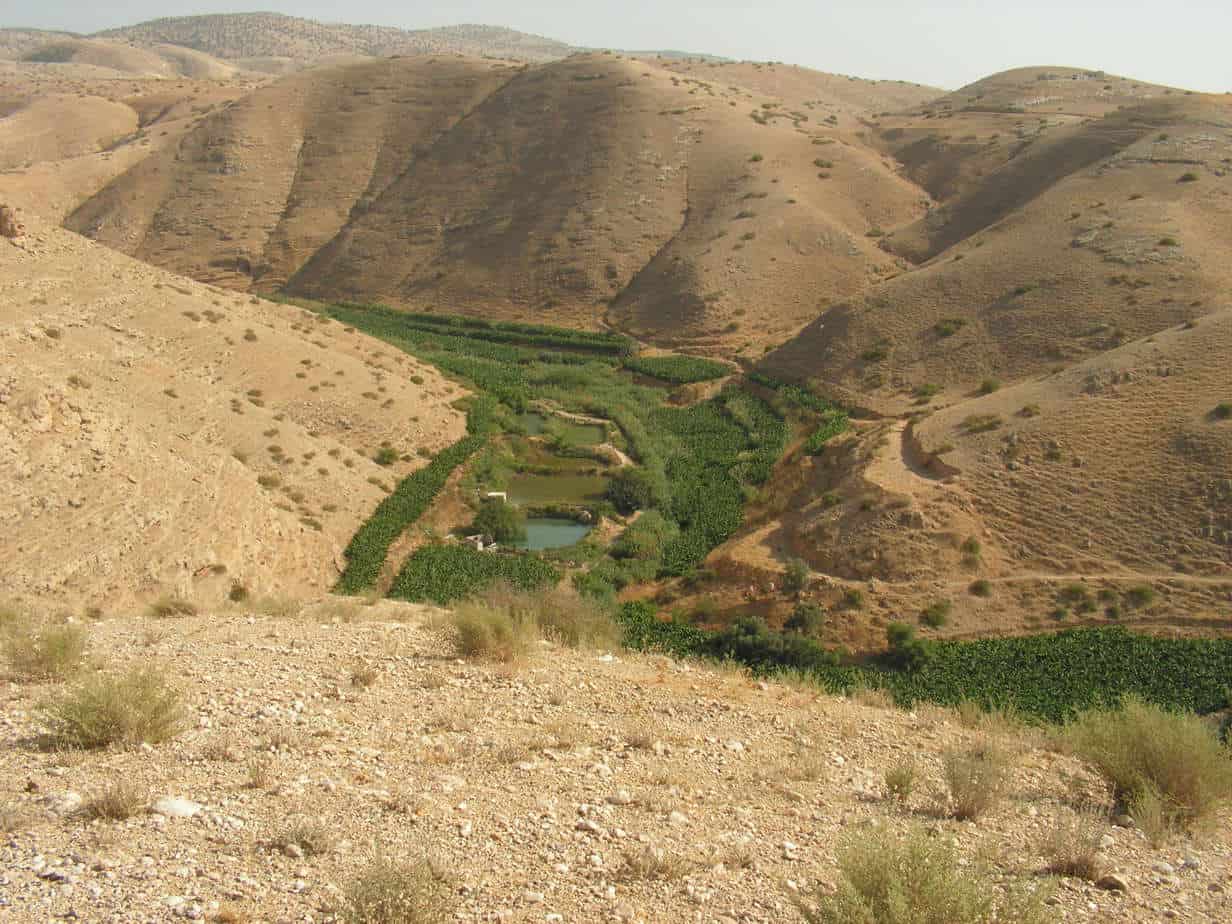Caution: This presentation is 1.5 hours and is for serious students of the historical Jesus–which I believe my Blog readers and subscribers are. In this age of TikTok, Shorts, YT videos that are never supposed to be longer than 12 minutes, it will find its rightful place. It is not…
This is the introduction to an exciting NEW SERIES on my Youtube Channel I am short-titling “Jesus Archaeology.” The idea is to highlight the ways in which scientifically conducted archaeology in the Holy Land has contributed to our historical understanding of the “Jesus Movement” or the rise of early Christianity.…
In this finale to my 25-part series on Bible Prophecy I explore the three major interpretations of “Bible Prophecy Belief” in our own time–Preterist, Continuous Historical, and Futurist–weighing them in the balance and finding them wanting. I discuss the terms: literal, symbolic, poetic, spiritual, and actual as well as the…
Jacob Neusner was one of the best-known scholars of Jewish studies in the 20th century. He reckoned that the three most influential Jews of all time were Moses, Jeremiah, and Yohanan ben Zakkai. Odds are you’ve heard of Moses and Jeremiah. Moses was the great lawgiver. Jeremiah was the great…
Anyone up for a fairly in-depth hour and a half discussion of the John the Baptizer/Jesus/James movement and it possible relationship to the group that the historical Josephus, and other classical writers such as Pliny and Strabo, called the “Essenes”? We are not sure of the origins of this Greek…
In this video I begin to explore various kinds of “Preterist” interpretations of Bible Prophecy, particularly those Christian views that claim EVERYTHING, including the Return of Jesus and resurrection of the dead, took place in the summer of the year 70 AD, with the destruction of the Jewish Temple and…
In this overview video I offer a summary of the major futurist interpretation of Bible Prophecy today–that of the evangelical Christians, most of whom follow the “Dispensationalist” views of John Darby. Remember Hal Lindsey, The Late Great Planet Earth? These views are really mushrooming in the last month, as the…
In this latest video in my ongoing series on “Interpretations of Bible Prophecy Through the Ages,” I offer an overview of the New Testament Book of Revelation–with attention to its overall narrative flow as well as its main characters and players in the final drama of the end of the…
I have seen a tremendous uptick on social media, web sites, and Youtube in particular of presentations and discussions about how the current War in Israel with Gaza and its Iranian proxies could well be the beginnings of what is often referred to as the “Battle of Armageddon.” Later this…
Some years ago in working on the narrative materials in the gospel of John, I ended up flying to Amman, Jordan to look at a specific site that I thought might be referenced in the last verse of John 10: John 10:40 He went away again across the Jordan to…

